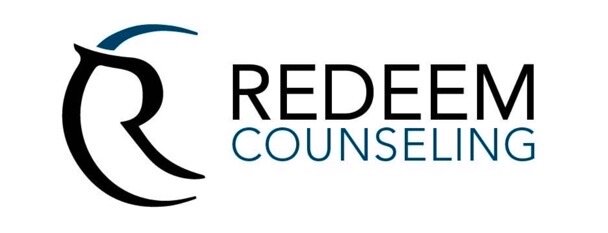Overcoming Emotional Exhaustion
Emotional exhaustion can occur when we feel stuck and unable to manage or change something that matters to us. It's the product of feeling we "can't" … either because we lack the ability or because it's too risky to try.
The "can't" that says we're not capable is referred to as an "external locus of control". To be fair, there are some circumstances in which this is true. Like when we're trying to control an outcome that can't be controlled. (As a parent, I can think of a hundred examples off the top of my head.) In these cases, our options are either: 1) boundaries or 2) acceptance.
Many times, however, our "locus of control" becomes too externalized and our beliefs of inability and powerlessness aren't actually true. This is commonly the result of experiencing legitimate powerlessness in distressing childhood circumstances that may have lasted for years. While we're far more capable as adults, those emotional beliefs are slow to catch up to our new reality.
The other type of "can't" says we're not allowed to do something because it's too risky or might have catastrophic consequences. Again, this is often a negative emotional belief learned from past experience that no longer fits our current reality.
When our emotional beliefs tell us we're not capable or not allowed to live as empowered adults, it can become a frustrating and exhausting exercise in self-sabotage.
The problem is that we're often not fully aware of the emotional beliefs that drive this kind of emotional exhaustion. They may present as feelings or impulses or even strange "blocks" that are difficult to understand. And even when we do discover our negative emotional beliefs, the part of our brain that holds them doesn't learn through logic. In other words, all that internal arguing you do with yourself doesn't really work. (You've probably already noticed that.)
So what do we do?
The first step is to recognize what's really going on inside of us and where it's coming from. This means spending some time reflecting on what we feel in those moments of emotional exhaustion and what kinds of emotional thoughts come to mind. Once we clarify those thoughts and feelings, it's helpful to explore where we might have learned to feel them. Naming our negative emotional beliefs and where we learned them is a powerful step toward realizing they're not true.
The second step is to clarify the corrective logical truth for that negative emotional belief. One way of doing this is to use the cue phrase, "Even though I feel like ___ logically I know ___." This can be challenging and take some time because it requires us to set our emotions aside for a moment and just go rational. Think "Spock mode". Sometimes writing it out makes this easier.
Finally, we teach our emotional brain through experience. Our emotional brains learn just like children do... by experiencing the truth enough that it feels normal and trustworthy. This is how our hearts learn our "new normal". Baby steps help with this. This isn't an all-or-nothing battle. It's more like teaching a child to ride a bike. Learning happens bit-by-bit, with lots of breaks along the way, and lots of help in the beginning. Over time, we teach ourselves to feel the truth that we already know.
Recognize the lie you learned to feel.
Remember the truth you logically know.
Experience the truth with intentional choices and small steps.
The more we experience doing hard things, the more we learn we can do hard things. That's empowerment. And emotional empowerment is the opposite of emotional fatigue.
